Home>Gardening & Outdoor>Landscaping Ideas>How To Use Peat Moss To Grow Grass
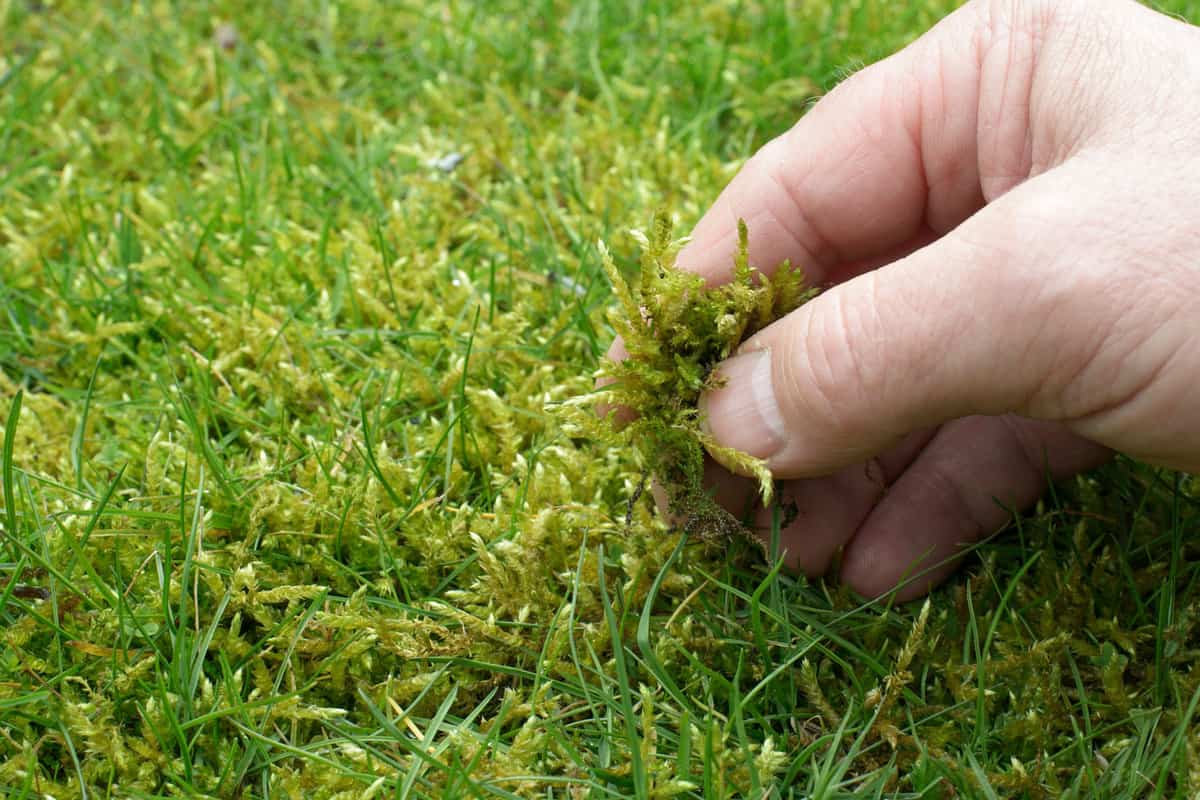

Landscaping Ideas
How To Use Peat Moss To Grow Grass
Modified: February 18, 2024
Learn effective landscaping ideas with our guide on how to use peat moss to grow grass. Enhance your lawn with these expert tips and techniques.
(Many of the links in this article redirect to a specific reviewed product. Your purchase of these products through affiliate links helps to generate commission for Storables.com, at no extra cost. Learn more)
Introduction
Welcome to the wonderful world of landscaping! If you’re looking to transform your yard into a lush, vibrant oasis, then using peat moss to grow grass is a fantastic option. Peat moss is a versatile and valuable organic material that can work wonders for your lawn. In this comprehensive guide, we’ll explore the myriad benefits of using peat moss for growing grass, how to choose the right type of peat moss, preparing the soil, planting grass seeds, and caring for your grass with peat moss. By the end of this article, you’ll be equipped with the knowledge and confidence to harness the power of peat moss and cultivate a stunning, healthy lawn. Let’s dive in and discover the secrets of using peat moss to grow grass!
Key Takeaways:
- Peat moss helps grass grow by retaining water, providing nutrients, and improving soil quality, creating a lush and healthy lawn.
- Choosing the right peat moss, preparing the soil, planting grass seeds, and ongoing care are essential for successfully using peat moss to grow vibrant grass.
Read more: What Is Peat Moss Good For Grass
Benefits of Peat Moss for Growing Grass
Peat moss offers a plethora of benefits for growing grass, making it a popular choice among landscaping enthusiasts. Here are some of the key advantages:
- Moisture Retention: Peat moss has excellent water retention properties, ensuring that your grass receives an adequate water supply, even during dry spells. This helps prevent dehydration and promotes healthy, vibrant growth.
- Nutrient-Rich: Peat moss is rich in essential nutrients, such as nitrogen, phosphorus, and potassium, which are vital for robust grass growth. These nutrients promote strong root development and overall resilience, resulting in a lush, green lawn.
- Acidic pH: Many grass species thrive in slightly acidic soil conditions. Peat moss naturally has a low pH, making it an ideal amendment for acid-loving grass varieties, such as fescue and bluegrass.
- Soil Aeration: When incorporated into the soil, peat moss helps improve aeration and drainage, preventing soil compaction and waterlogging. This creates an optimal environment for grass roots to breathe and access vital nutrients.
- Weed Suppression: Peat moss can help suppress weed growth, reducing competition for resources and allowing your grass to flourish without undue interference from invasive plants.
- Environmental Benefits: Peat moss is a sustainable and eco-friendly choice, as it is harvested from natural peat bogs. Using peat moss in your lawn care regimen supports environmentally conscious practices.
By harnessing these benefits, you can create a nurturing environment for your grass to thrive, resulting in a stunning, resilient lawn that enhances the beauty of your outdoor space.
Choosing the Right Type of Peat Moss
When it comes to selecting the ideal peat moss for your grass-growing endeavors, several factors should be considered to ensure optimal results. Here’s what to keep in mind when choosing the right type of peat moss:
- Particle Size: Look for fine-textured peat moss, as it provides excellent soil conditioning and moisture retention. Finer particles integrate seamlessly into the soil, promoting even water distribution and nutrient absorption.
- Purity: Opt for high-quality, pure peat moss without added fillers or additives. Pure peat moss ensures that you’re providing your grass with a clean, uncontaminated growing medium, free from unwanted substances.
- Sustainability: Consider the source of the peat moss. Look for sustainably harvested products that prioritize environmental responsibility. Choosing peat moss from reputable suppliers committed to ethical harvesting practices supports eco-friendly landscaping.
- Acidity Level: Assess the pH of the peat moss. Depending on your grass species and soil conditions, you may need to adjust the acidity level. Some peat moss products are formulated with specific pH levels to accommodate various grass types.
- Organic Certification: If you prefer organic lawn care methods, seek out organic-certified peat moss. This ensures that the peat moss is free from synthetic chemicals and complies with organic standards, promoting natural and sustainable lawn management.
By carefully evaluating these factors, you can make an informed decision when selecting peat moss for your grass-growing project. Choosing the right type of peat moss sets the stage for a successful and thriving lawn, laying the groundwork for lush, healthy grass that enhances your outdoor landscape.
Preparing the Soil with Peat Moss
Proper soil preparation is crucial for laying the foundation for healthy grass growth. When incorporating peat moss into the soil, the following steps can help optimize the growing environment for your grass:
- Soil Testing: Before adding peat moss, conduct a soil test to assess its composition and pH level. This information guides the appropriate amount of peat moss needed and helps determine if any soil amendments are necessary to create an ideal growing medium for your grass.
- Loosening the Soil: Use a garden fork or tiller to loosen the top layer of soil. This promotes better integration of the peat moss and enhances soil aeration, facilitating root development and nutrient uptake.
- Applying Peat Moss: Spread a layer of peat moss over the prepared soil surface. The amount of peat moss required depends on the soil’s condition and the specific grass species being planted. Generally, a 1 to 3-inch layer of peat moss is sufficient for most lawn applications.
- Blending and Leveling: Thoroughly mix the peat moss into the soil using a rake or garden tiller, ensuring even distribution. Smooth out the soil surface to create a uniform planting bed, ready for seeding or sodding.
- Watering: After incorporating the peat moss, lightly water the soil to help settle the peat moss and initiate the moisture retention process. This also aids in establishing good seed-to-soil contact when planting grass seeds.
By following these steps, you can effectively integrate peat moss into the soil, creating an optimal foundation for your grass to thrive. The addition of peat moss enhances soil structure, moisture retention, and nutrient availability, setting the stage for robust and healthy grass growth.
Mix peat moss with topsoil to improve water retention and aeration for grass seed. Apply a thin layer over the seeded area and keep it moist for successful germination.
Planting Grass Seeds with Peat Moss
When it comes to seeding a new lawn or overseeding an existing one, incorporating peat moss into the planting process can significantly improve the germination and establishment of grass seeds. Here’s a step-by-step guide to planting grass seeds with peat moss:
- Seed Selection: Choose high-quality grass seeds that are well-suited to your climate and soil conditions. Consider factors such as sun exposure, foot traffic, and water availability to select the most appropriate grass species for your lawn.
- Seedbed Preparation: Prepare the soil by incorporating peat moss, as outlined in the previous section. Ensure the soil surface is smooth and free of debris to create an optimal seedbed for planting.
- Mixing Seeds with Peat Moss: In a separate container, blend the grass seeds with peat moss to create a uniform mixture. The peat moss helps distribute the seeds evenly and provides a protective layer to retain moisture during germination.
- Even Distribution: Spread the seed and peat moss mixture evenly over the prepared soil surface. Use a seed spreader or broadcast by hand, ensuring thorough coverage for uniform germination and grass density.
- Raking and Pressing: Gently rake the seeded area to lightly cover the seeds with a thin layer of soil and peat moss. Avoid burying the seeds too deeply, as they require adequate light for germination. After raking, lightly press the soil to ensure good seed-to-soil contact.
- Watering and Maintenance: After planting, water the seeded area gently to avoid dislodging the seeds. Keep the soil consistently moist during the germination period, typically 1-3 weeks, to support healthy seedling growth. Monitor the lawn for any signs of drying out and adjust the watering schedule as needed.
By incorporating peat moss into the grass seed planting process, you create an optimal environment for seed germination and early root development. The moisture-retaining properties of peat moss support seedling establishment, setting the stage for a lush and resilient lawn.
Read more: What Is Peat Moss Used For On Lawns
Caring for Grass with Peat Moss
Once your grass has been established with the help of peat moss, it’s essential to provide ongoing care to maintain its health and vigor. Incorporating peat moss into your lawn care routine offers several advantages and can enhance the overall well-being of your grass. Here are some key aspects to consider when caring for grass with peat moss:
- Watering: Peat moss aids in moisture retention, reducing the frequency of watering while ensuring consistent soil moisture. When watering your lawn, aim for deep, infrequent watering sessions to encourage deep root growth and drought resistance.
- Fertilization: Peat moss contains essential nutrients that can supplement your grass’s nutritional needs. Consider using a balanced fertilizer to provide additional nourishment, especially during the growing season, to promote lush, green growth.
- Mowing: Maintain your grass at the recommended height for its specific species, ensuring not to remove more than one-third of the grass blade in a single mowing session. Proper mowing practices, combined with the soil-enhancing benefits of peat moss, contribute to a healthy and attractive lawn.
- Aeration: Periodic aeration helps alleviate soil compaction and enhances the movement of air, water, and nutrients within the soil. Peat moss aids in soil aeration, creating an environment conducive to robust root development and overall grass health.
- Overseeding: If your lawn experiences thinning or bare patches, overseeding with a grass seed and peat moss mixture can help rejuvenate the turf, promoting a denser and more resilient lawn over time.
- Seasonal Maintenance: Adjust your lawn care practices according to seasonal requirements. In cooler months, focus on soil enrichment and root development, while warmer months may necessitate increased watering and pest management.
By integrating peat moss into your grass care regimen, you can foster a thriving and resilient lawn. The benefits of peat moss, including moisture retention, soil enrichment, and nutrient availability, contribute to the overall vitality and beauty of your grass, ensuring a landscape that you can enjoy year-round.
Conclusion
Congratulations on embarking on the journey to harness the incredible potential of peat moss for growing lush, healthy grass. By understanding the numerous benefits of peat moss, selecting the right type, preparing the soil, planting grass seeds, and caring for your grass with peat moss, you’ve unlocked the secrets to cultivating a stunning lawn that enhances your outdoor space.
Peat moss serves as a valuable ally in your quest for a vibrant and resilient lawn. Its moisture retention properties, nutrient-rich composition, and soil-enhancing capabilities create an optimal environment for grass to thrive. Whether you’re establishing a new lawn or revitalizing an existing one, peat moss can make a significant difference in the health and beauty of your grass.
As you continue to nurture your lawn with the help of peat moss, remember to adapt your care practices to the specific needs of your grass species and the changing seasons. By providing consistent attention and incorporating peat moss into your lawn care routine, you’ll be rewarded with a lush, green expanse that invites relaxation and enjoyment.
Embrace the art of landscaping with peat moss, and witness the transformation of your outdoor space into a captivating oasis of natural beauty. With dedication, knowledge, and the support of peat moss, you’re well-equipped to cultivate a lawn that becomes the envy of the neighborhood while providing a serene backdrop for cherished moments with family and friends.
Here’s to the boundless possibilities that await as you infuse your landscape with the magic of peat moss!
Frequently Asked Questions about How To Use Peat Moss To Grow Grass
Was this page helpful?
At Storables.com, we guarantee accurate and reliable information. Our content, validated by Expert Board Contributors, is crafted following stringent Editorial Policies. We're committed to providing you with well-researched, expert-backed insights for all your informational needs.
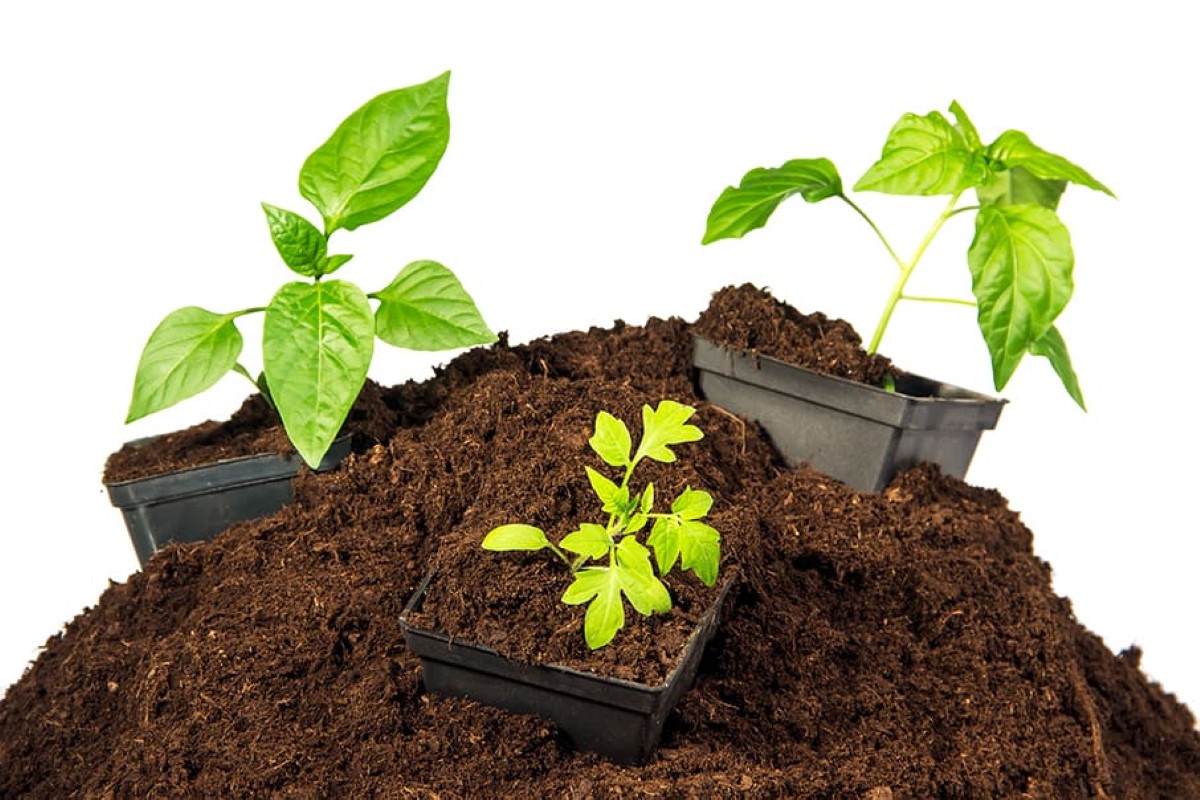
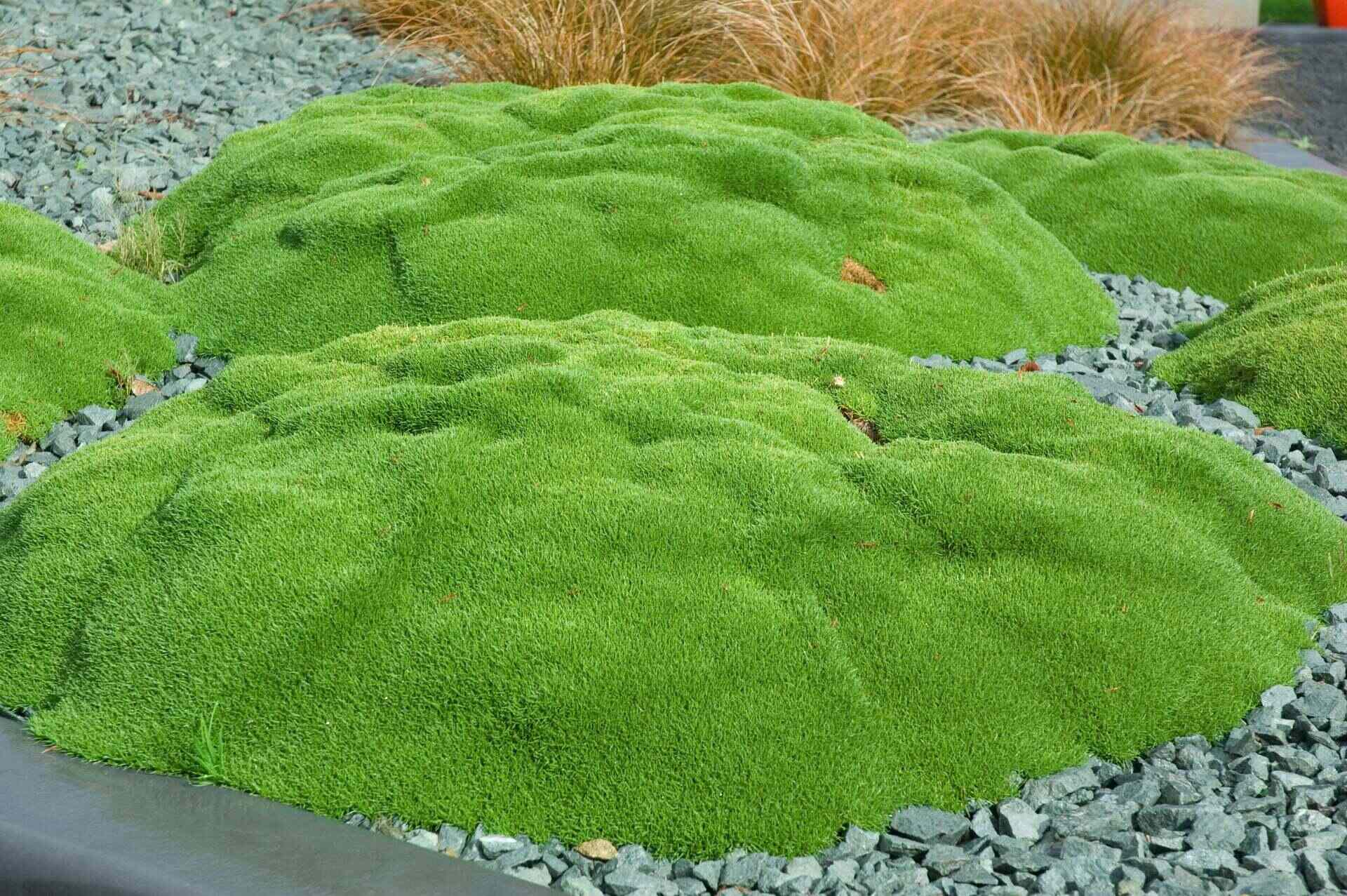
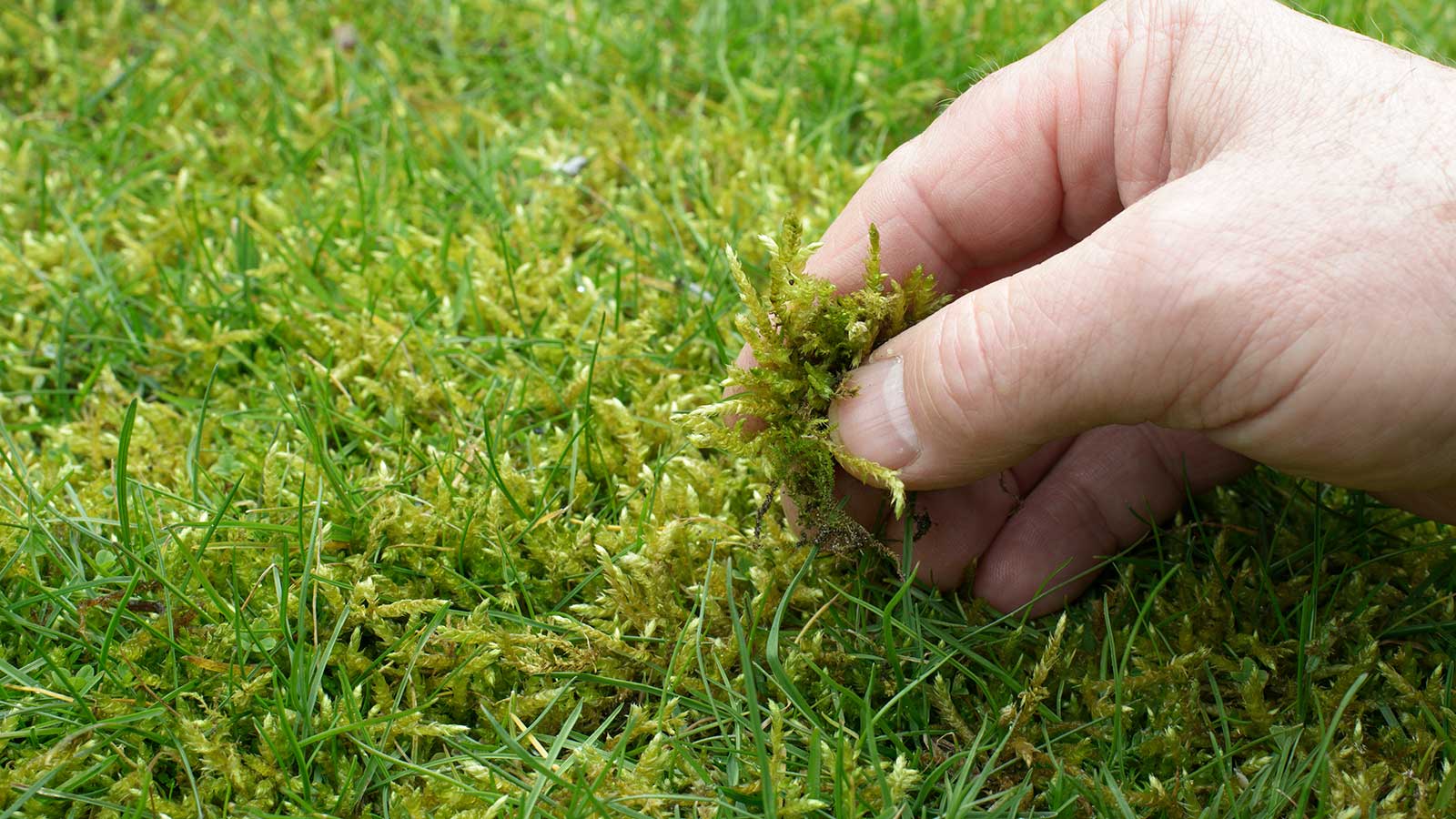
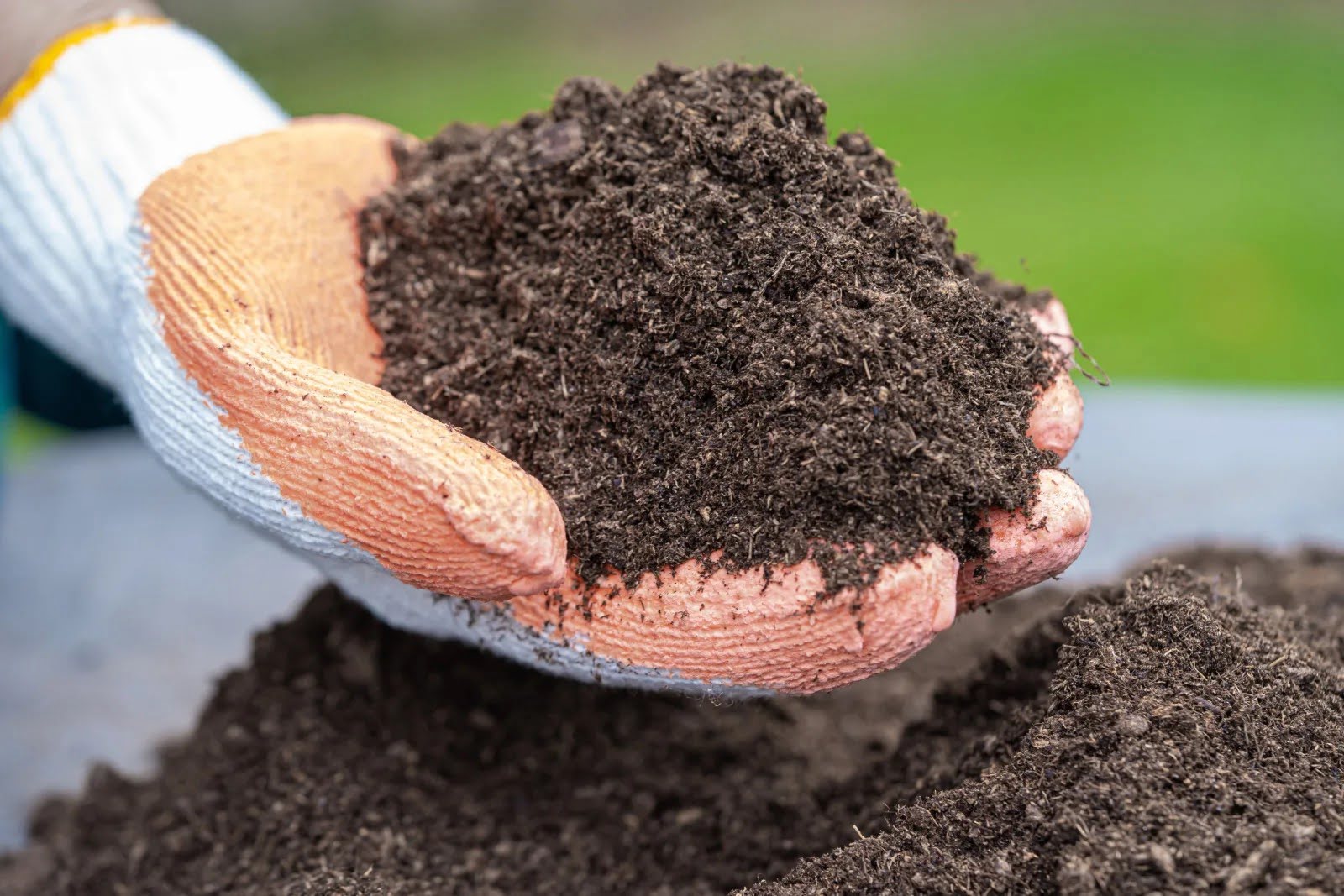
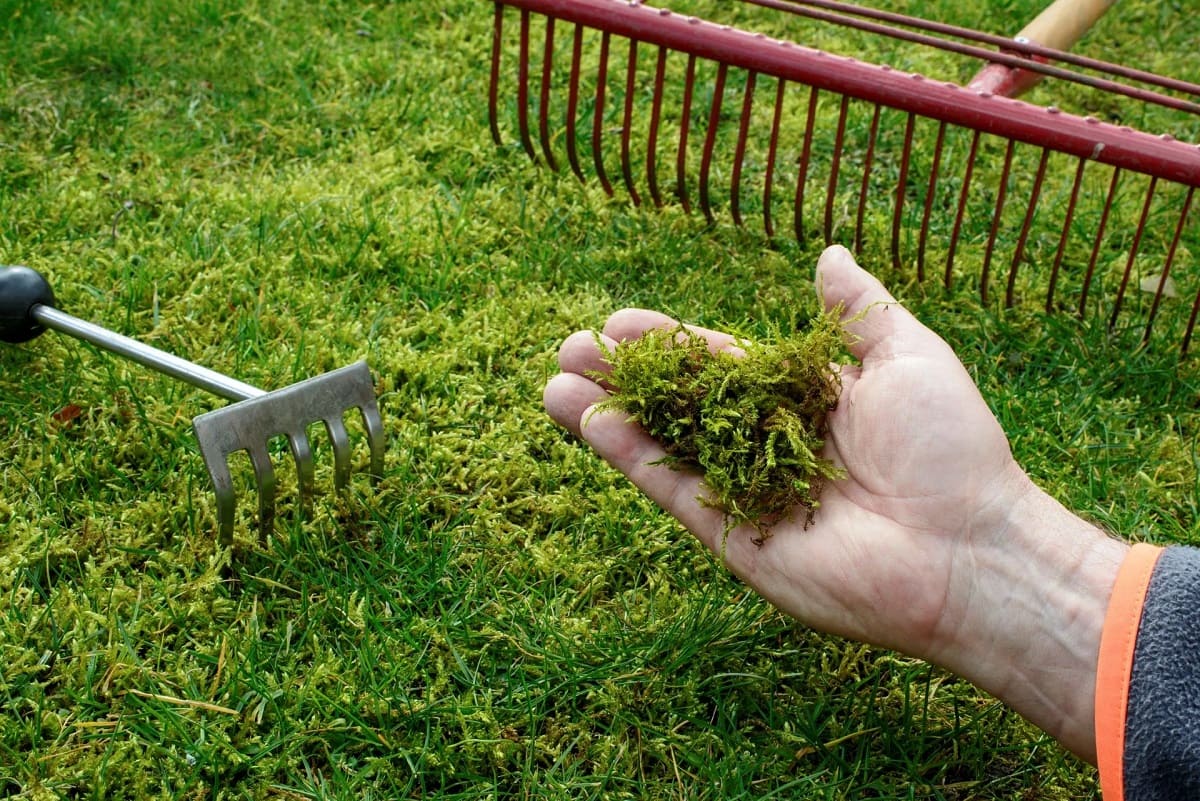
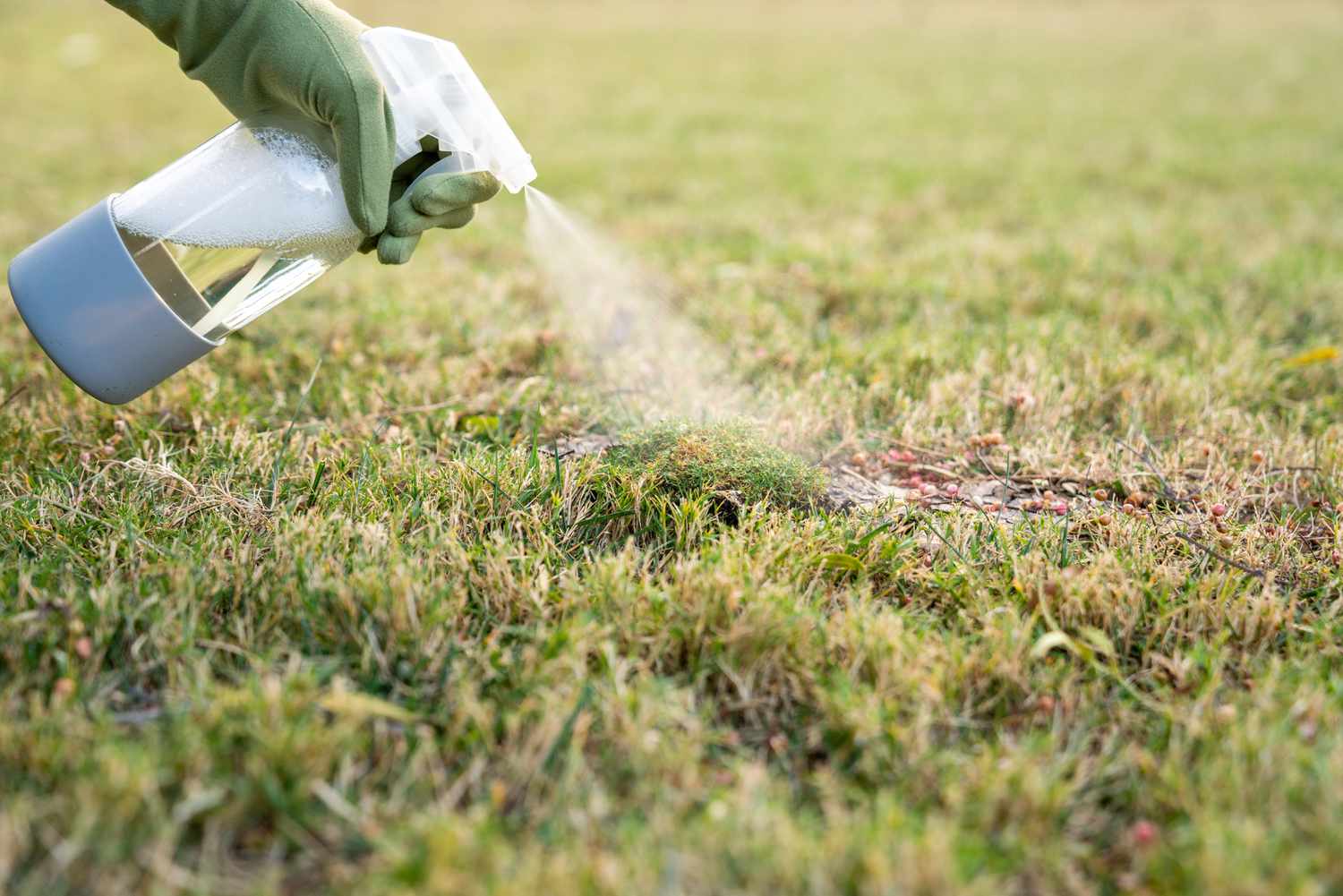
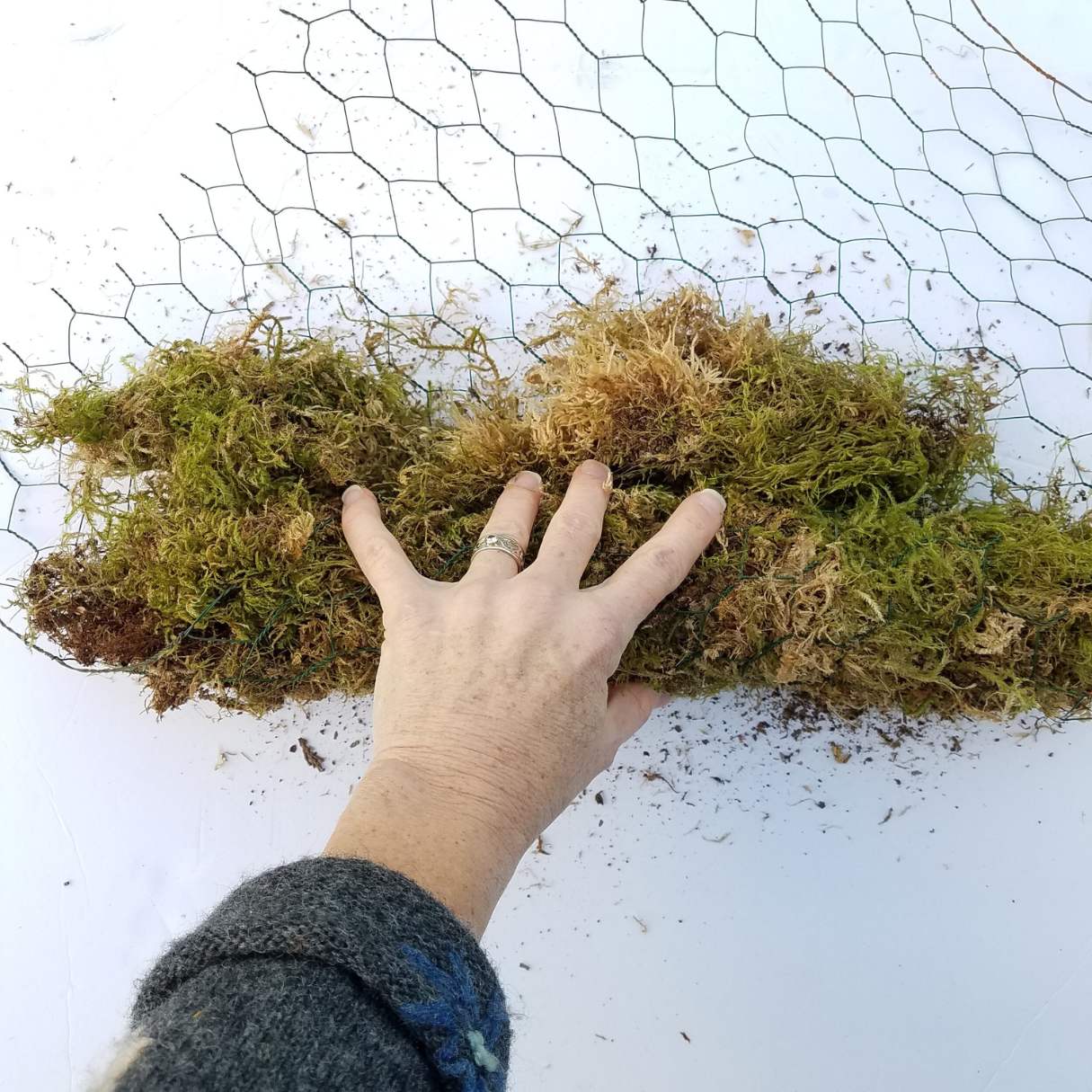
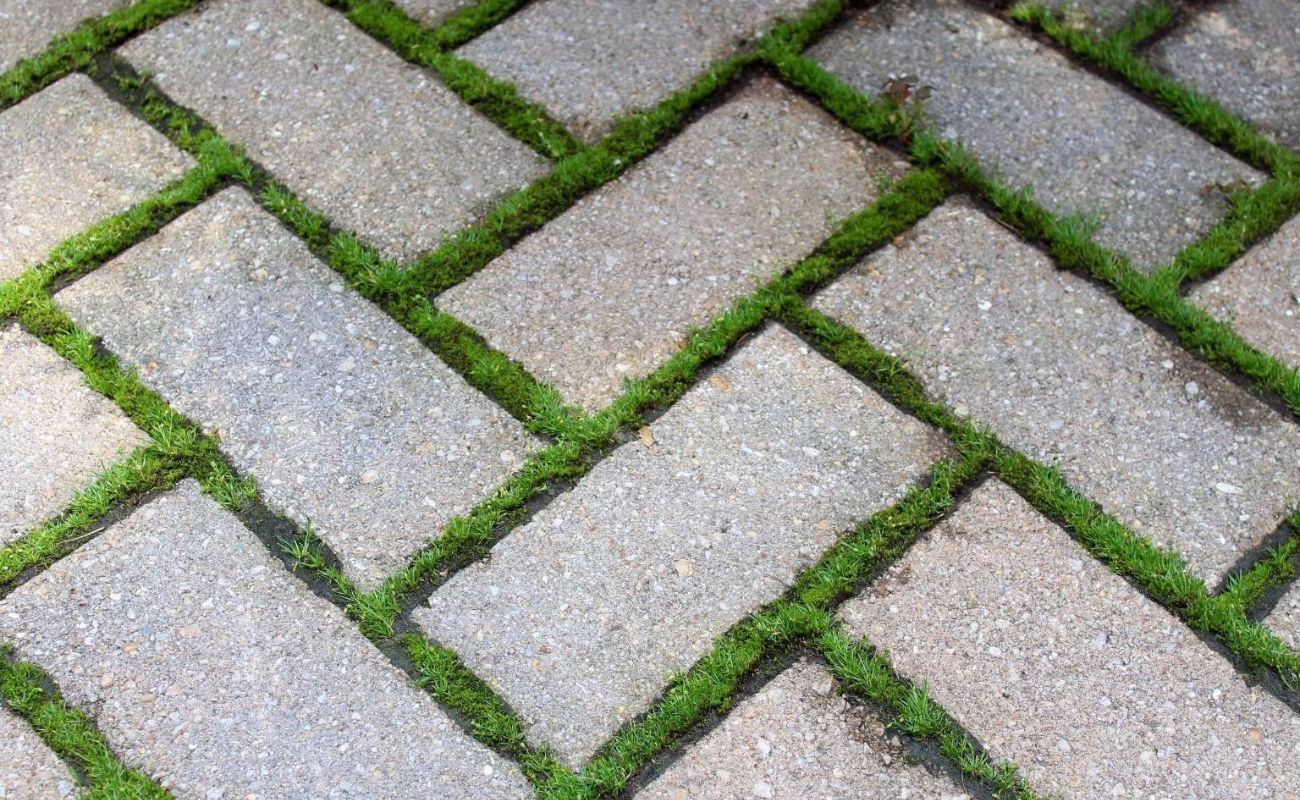
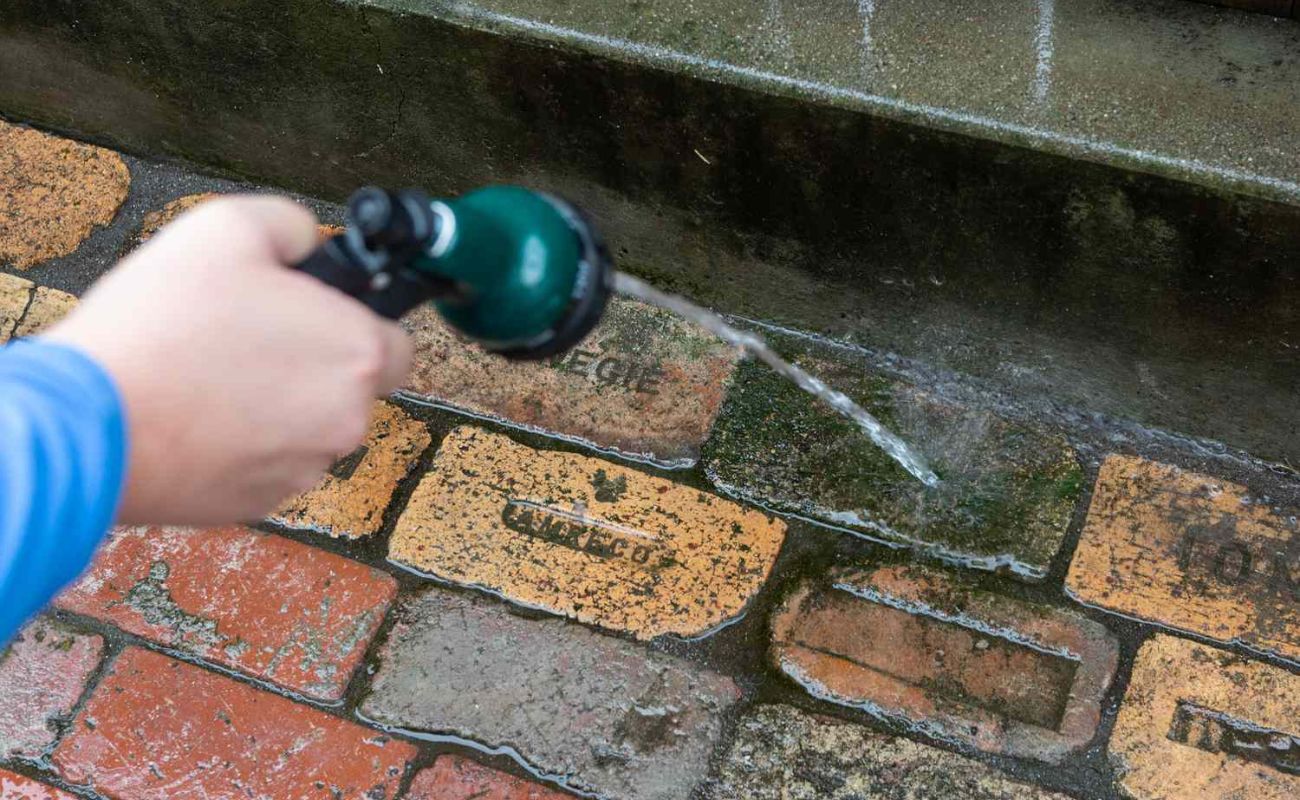
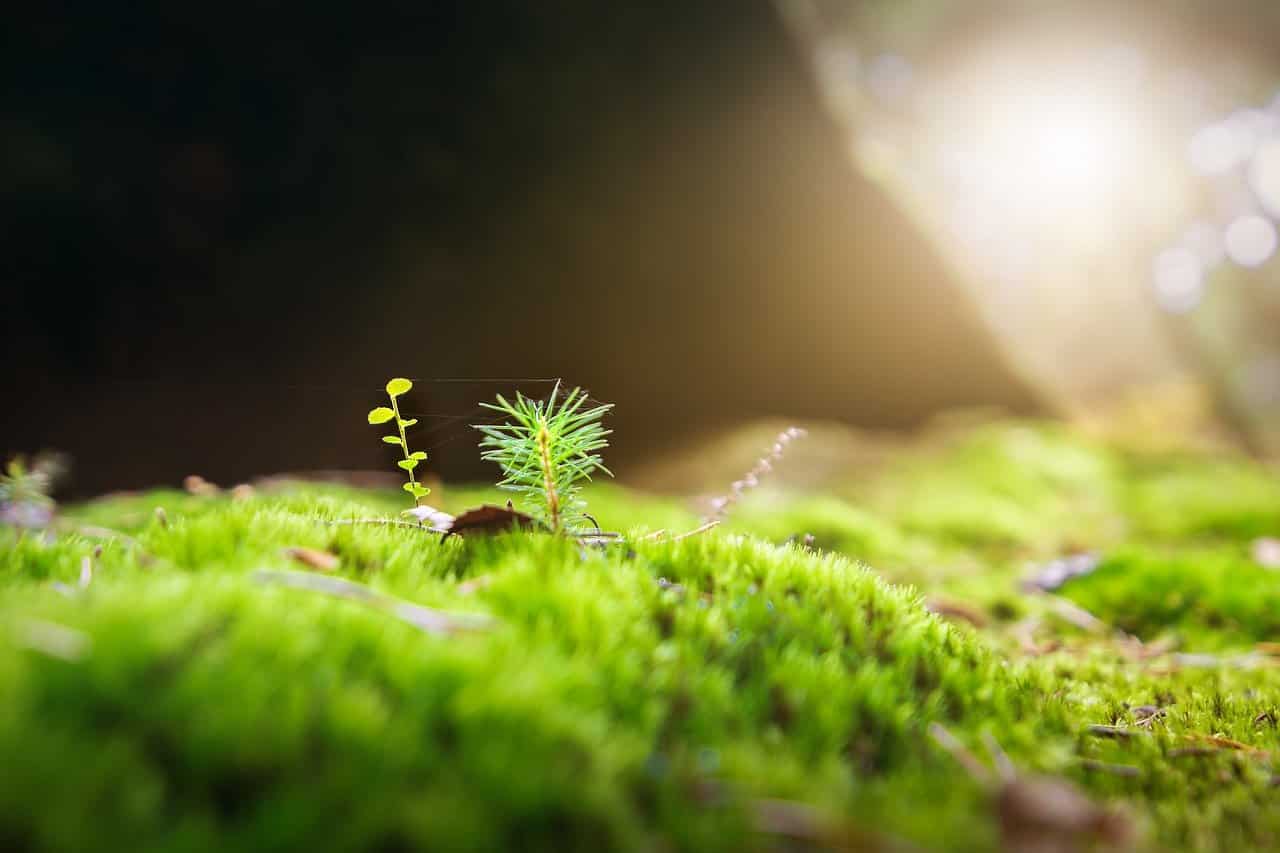
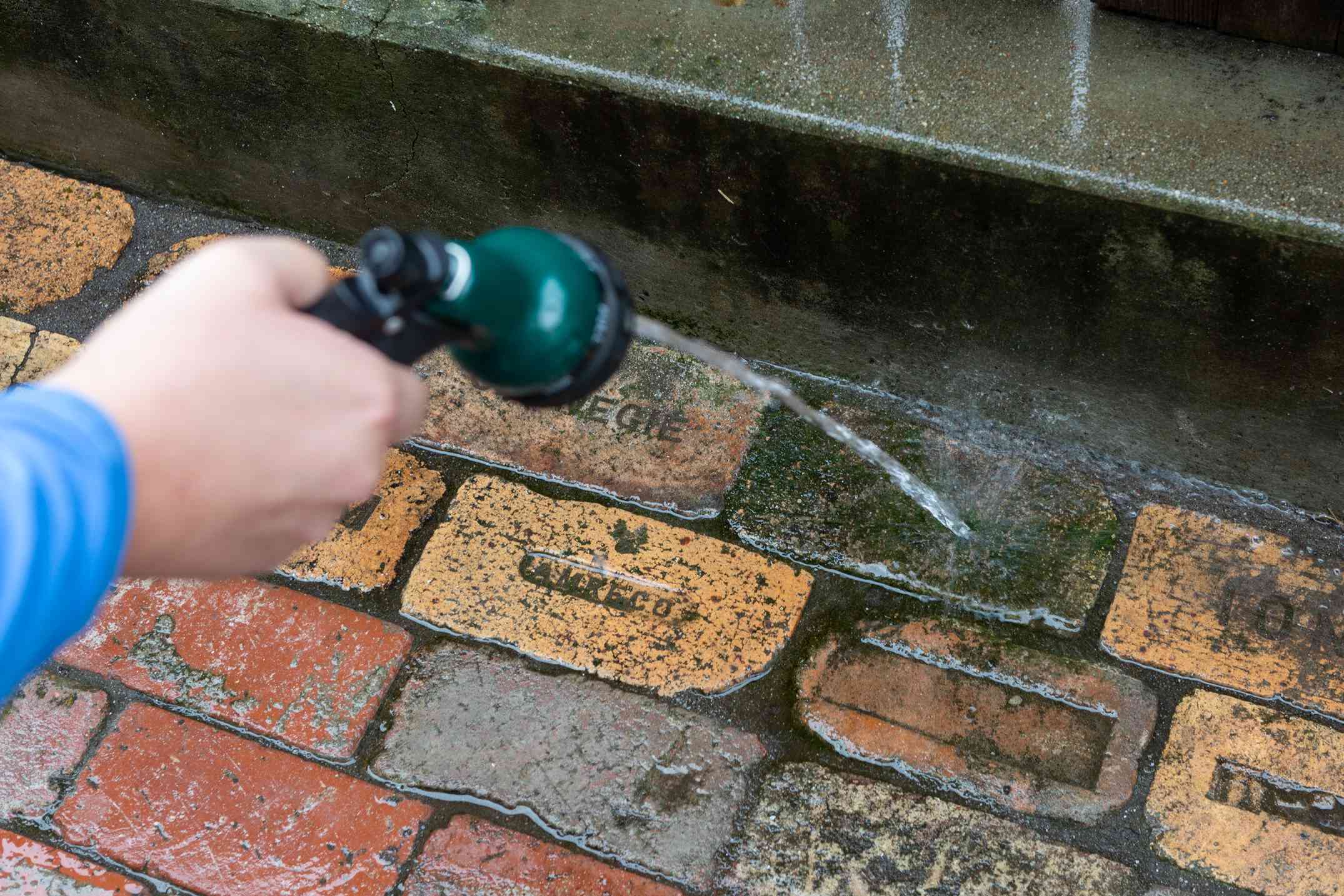
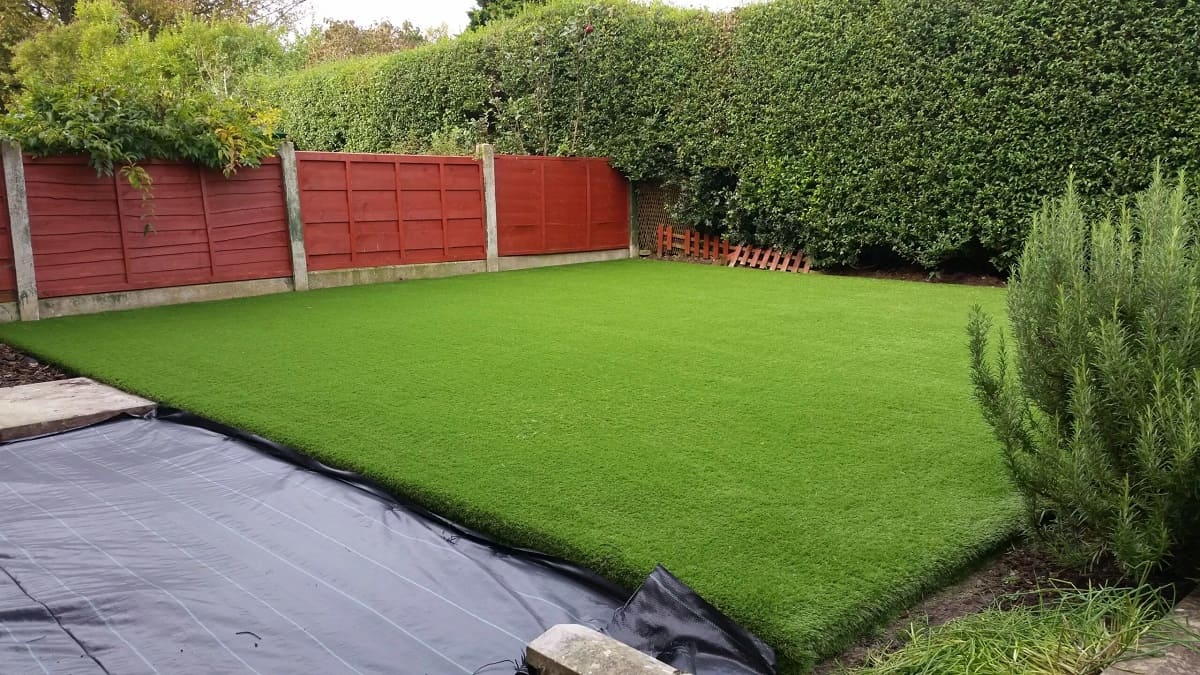
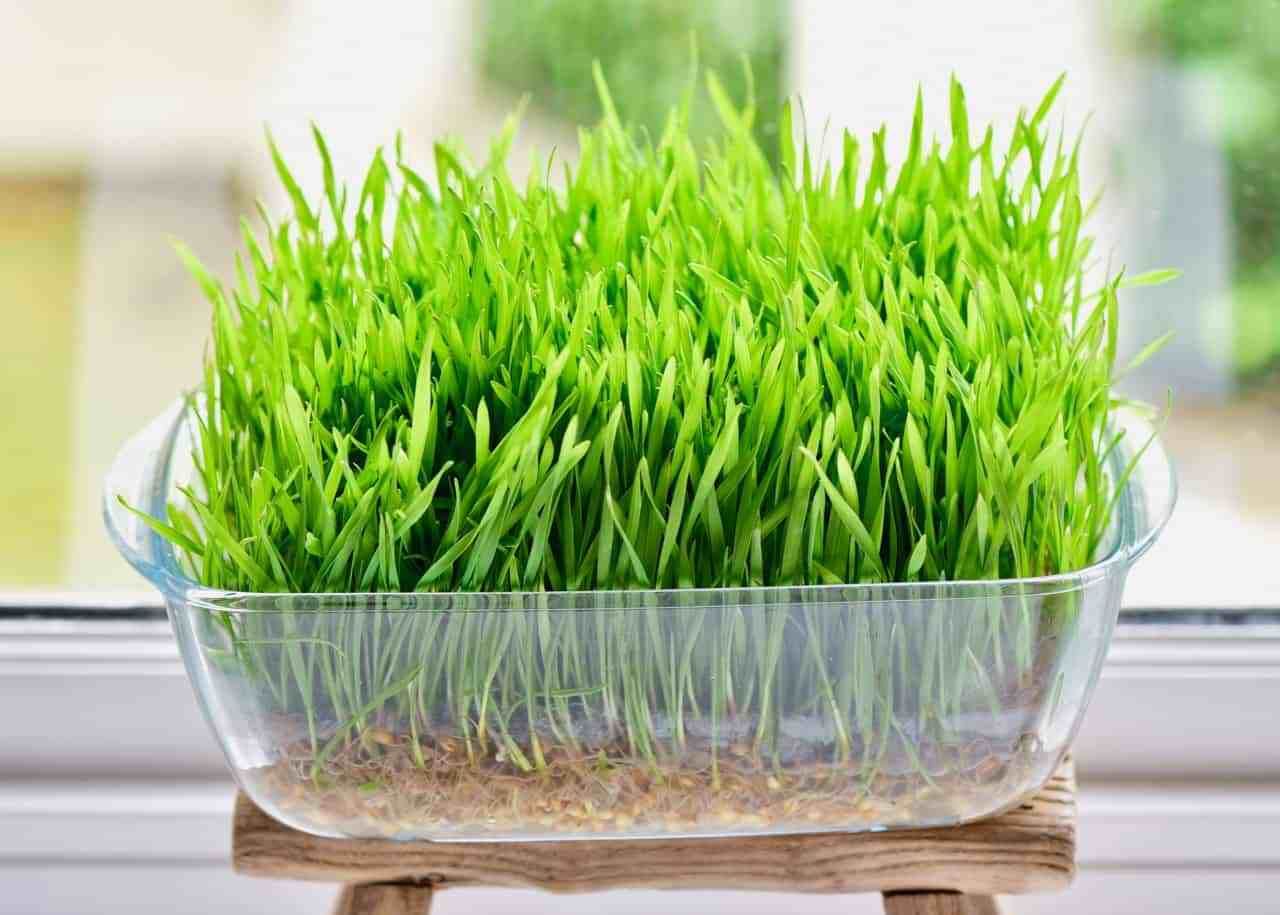
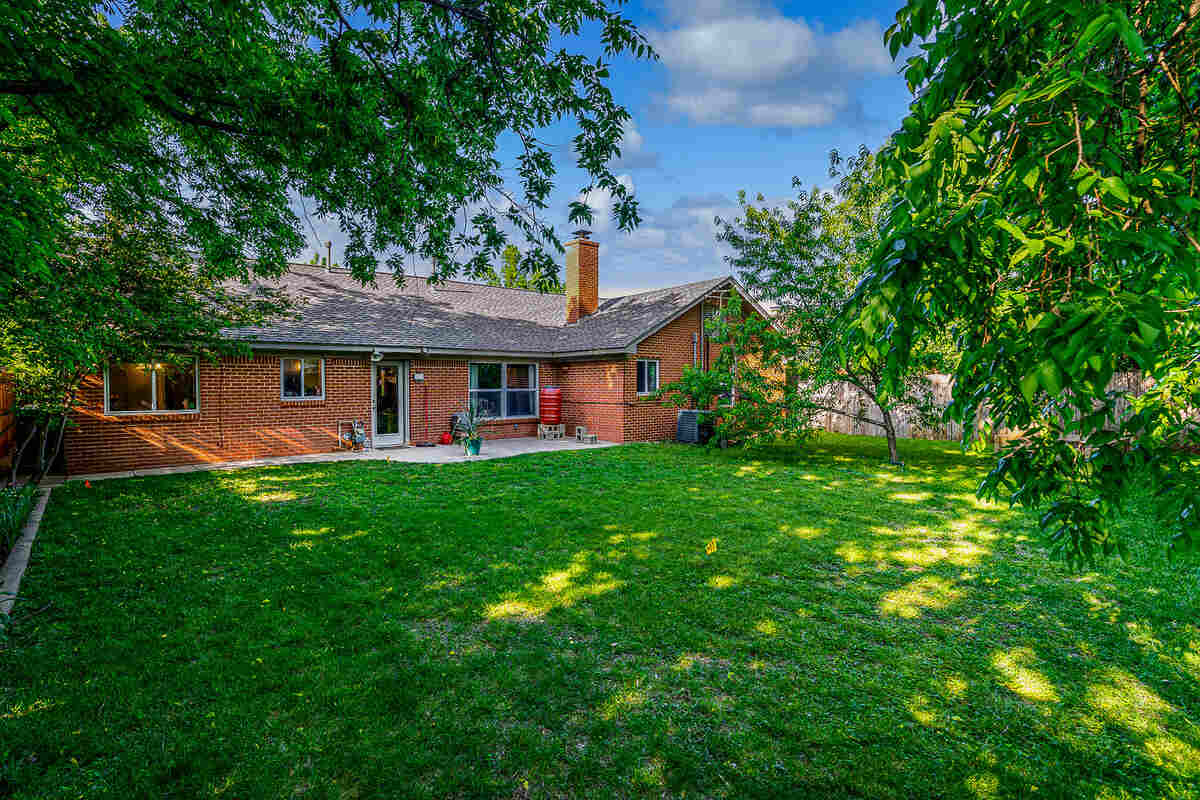

0 thoughts on “How To Use Peat Moss To Grow Grass”